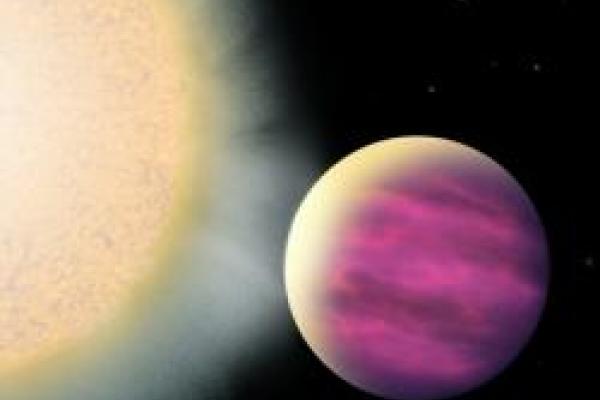
Little Telescopes that find Big Planets
Scott Gaudi - The Ohio State University
The KELT-North is a small-aperture, wide-angle automated telescope located in southern Arizona that has been surveying roughly 40% of the northern sky for transiting planets since 2006. By virtue of its small aperture and large field-of-view, KELT is most sensitive to hot Jupiters transiting relatively bright, and thus relatively hot stars. Roughly half of the over 200,000 dwarf stars targeted by KELT are hotter than 6250K; such stars pose novel challenges, but also provide unique opportunities. I will present the first transiting substellar companions discovered by KELT, focusing in detail on a few particularly interesting systems. I will discuss our plans for determining the frequency and demographics of short-period companions to hot stars from KELT; comparison with similar results for cooler stars may provide important constraints on theories of the emplacement and tidal evolution of low-mass stellar companions. Finally, I will speculate on how the lessons learned from KELT may inform the target selection and survey strategies for the TESS mission.
More information here.
